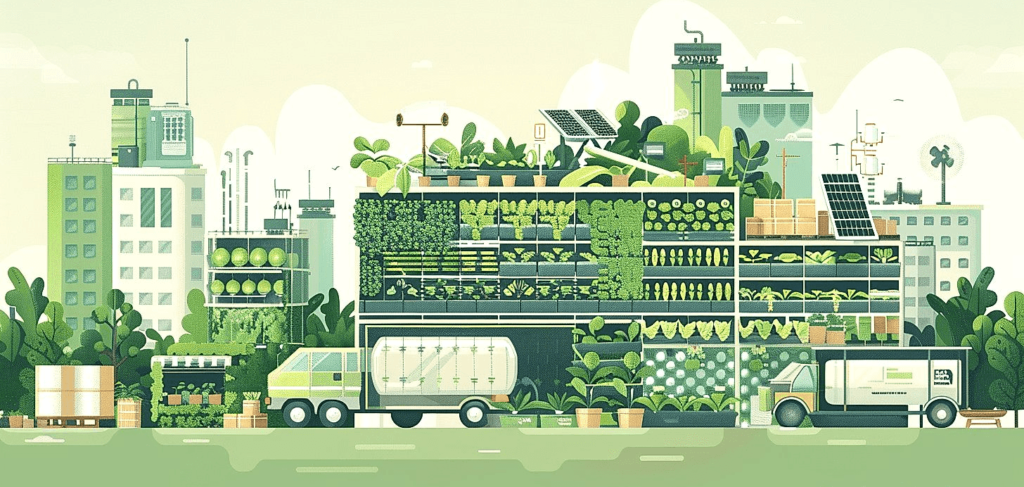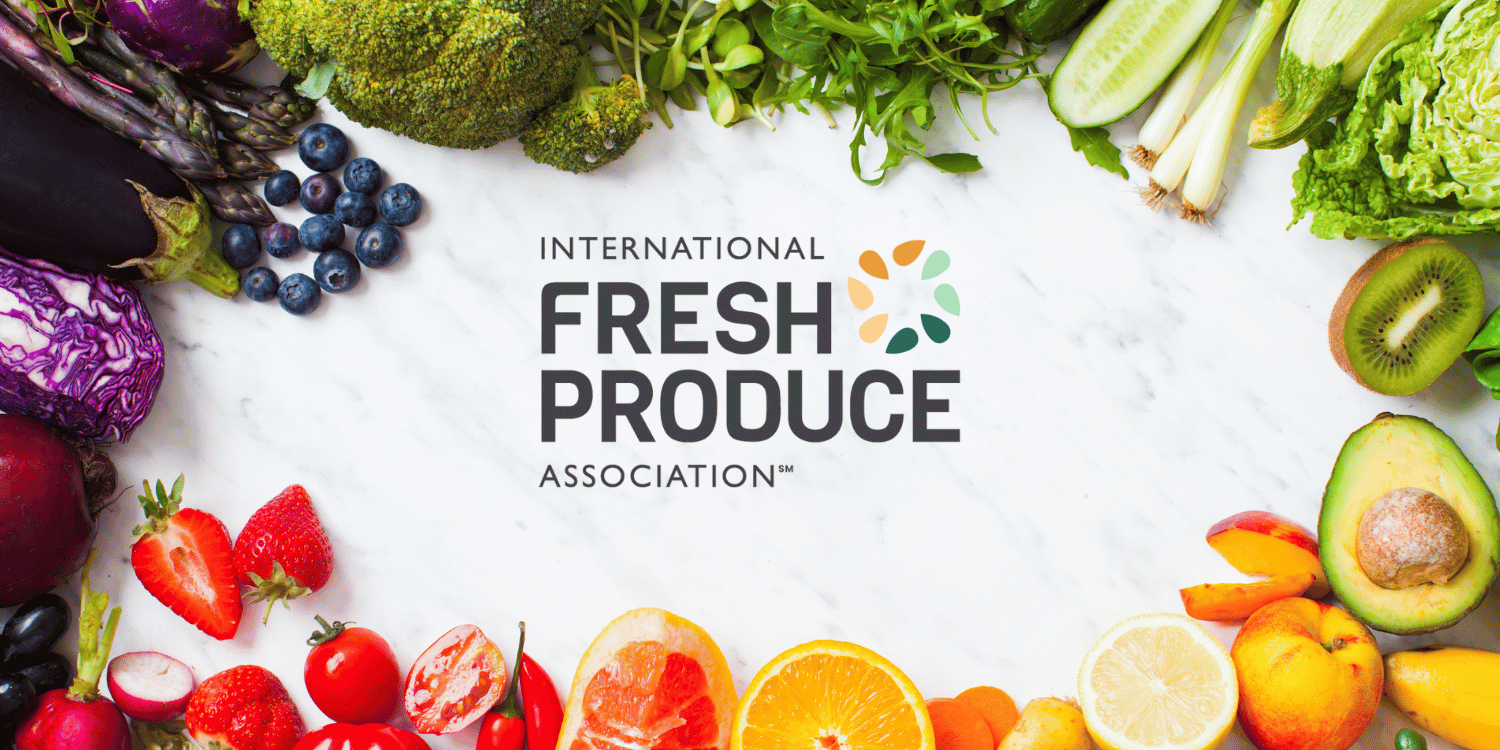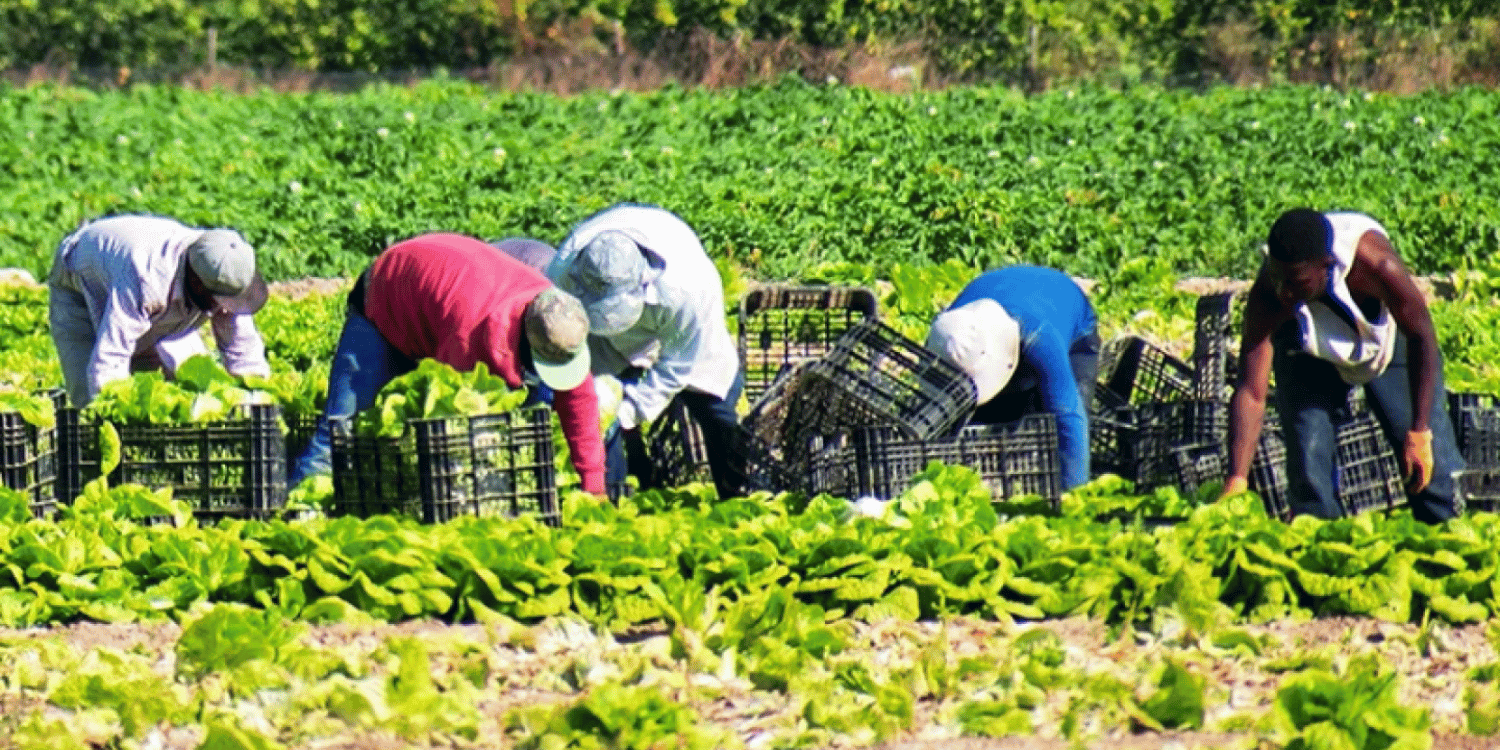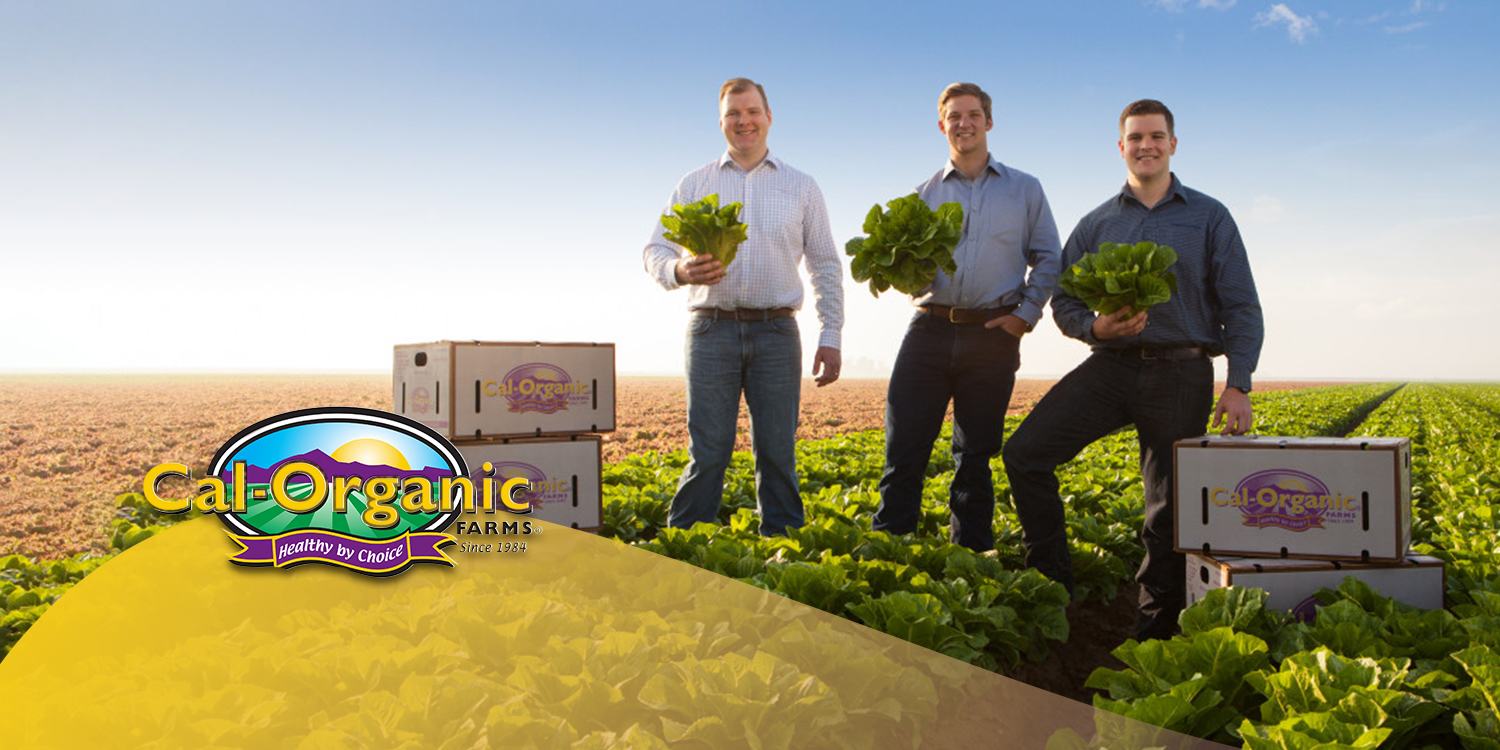Urban agriculture, a rapidly expanding industry, necessitates meticulous planning and execution.
The integration of logistics, effectively and efficiently, is nothing short of a paramount necessity.
Surging populations and expanding metropolises demand innovation and efficient use of available resources.
It is not simply about growing food but also managing its transportation, storage, and distribution.
Efficient logistics not only optimize the productivity of farming operations but also safeguard quality and freshness.
We dig in into the art and science of implementing smart logistic systems in the context of urban farming.
- Indoor vertical farming optimizes space efficiency.
- Renewable energy sources power efficient operations.
- Using hydroponics aids in water conservation.
- Local compost enriches soil and promotes growth.
- Farm-to-table delivery reduces carbon footprint.
While these points have provided crucial insights into the world of urban farming logistics, the article goes more in depth by discussing other aspects of this innovative field.
In the upcoming sections, we take a close look at how technology and data analysis are shaping sustainable agriculture practices. Additionally, we explore advancements in packaging and storage solutions that potentially cut waste and streamline farm-to-consumer processes.
By continuing to read on, you’ll gain a broader knowledge of the timely and relevant subject of urban farming. Moreover, you’ll understand how these practices are not only economically viable, but also essential in creating sustainable urban ecosystems.
Contents
- Efficient Logistics Practices In Urban Farming
- 1. Utilize Indoor Vertical Farming for Space Efficiency
- 2. Harness renewable energy sources for operations
- 3. Implement Hydroponics for Water Conservation
- 4. Use local compost for soil enrichment
- 5. Implement Farm-to-Table Delivery to Reduce Carbon Footprint
- 6. Utilize IoT for Precision Agriculture
- 7. Recycle Urban Waste into Compost for Crops
- The Bottom Line
Efficient Logistics Practices In Urban Farming
1. Utilize Indoor Vertical Farming for Space Efficiency
In Short: Indoor vertical farming offers space-efficient, sustainable urban farming solutions by utilizing vertical space and allowing year-round crop production. Challenges such as high startup costs and need for specialized skills can be navigated through various solutions, making vertical farming a promising route towards sustainable urban agriculture.
As cities expand and available land becomes scarce, the demand for innovative and efficient farming methods increases. Indoor vertical farming stands at the forefront of these innovative methods with its potential for high yield and space efficiency amid urban landscapes.
This inventive technique primarily involves stacking multiple layers of plants in a confined indoor space. The technique maximizes the use of vertical space allowing for more produce to be grown within a smaller environment. The need for sprawling acres of farmland is essentially eliminated with indoor vertical farming.
It is also important to note that this method eliminates the issue of seasonality, granting farmers the ability to grow their produce all year round. This could be instrumental in addressing food security concerns in densely populated urban areas.
The implementation of indoor vertical farming could play a significant role in reducing the transportation and distribution footprint, as food can be produced right within the city. This is particularly key in our quest for efficient logistics and sustainable urban farming practices.
However, successfully implementing indoor vertical farming does not come without its set of challenges. These can range from high startup costs to the necessity for specialized knowledge and training. Importantly, though, these challenges are not without solutions.
Below is a list of possible solutions and considerations for implementing this farming technique:
- Securing initial funding: While the startup costs might be high, multiple options exist for acquiring necessary funding. This can range from bank loans to crowdfunding initiatives.
- Skills acquisition: Proper training and education can mitigate the need for specialized knowledge, making the transition to vertical farming smoother.
- Collaborating with urban planning and agricultural agencies can ensure that implementation aligns with local regulations and policies.
- Choosing appropriate crops: Not all crops are well suited for vertical farming. Farmers will need to research and select crops that will thrive in an indoor vertical setting.
It is noteworthy that the existence of these challenges does not diminish the potential benefits of vertical farming. Instead, they highlight opportunities to further innovate and define efficient practices within the realm of urban farming.
For instance, the potential for automation within vertical farming is quite impressive. From watering to lighting and nutrient distribution, automation technologies could be incorporated to improve yields and reduce labor intensity. This automation can be seen as a central component in making vertical farming fully efficient.
Pro Tip: To optimize urban farming, consider implementing indoor vertical farming which maximizes the use of space, allows year-round production, and reduces transportation and distribution footprints.
Moreover, indoor vertical farming aligns with the ideals of a circular economy. It allows for water recycling, minimizes waste through precise resource allocation, and can even utilize urban waste as compost, further contributing into a sustainable urban farming system.
Finally, it’s crucial to recognize that the success of indoor vertical farming largely rests on the stakeholders’ willingness to embrace this sustainable approach. Multiple options and pathways exist, and it’s our collective responsibility to champion these efficient logistical practices towards a sustainable future of urban farming.
2. Harness renewable energy sources for operations
In Short: Urban farming operations can utilize renewable energy sources like solar power, wind energy, biomass, and geothermal power for efficiency, sustainability, and environmental responsibility. It’s crucial to plan carefully and incorporate energy-saving design elements, while maintaining these sources to ensure long-term effectiveness and contribute to reducing carbon emissions.
As we continue our exploration of efficient logistics practices in urban farming, let’s turn our attention towards the energy that powers these operations. More specifically, let’s discuss the benefits and practicalities of harnessing renewable energy sources for urban farming operations.
The choice of energy source is a fundamental logistical decision with wide-ranging implications for the efficiency and sustainability of urban farming. Utilizing renewable energy sources represents not only a practical solution but also an ethical commitment to sustainability and environmental responsibility.
When it comes to renewable energy sources, the possibilities are broad and diverse. From solar power and wind energy to biomass and geothermal power, the options are versatile and adaptable to different urban contexts.
Solar power is an especially promising source of renewable energy for urban farms. Available and accessible nearly everywhere, the use of solar panels to generate electricity is a compelling choice especially in certain locations with ample sunlight year-round. Moreover, advances in solar technology have made solar panels more affordable and efficient than ever.
Here’s a brief overview of some additional renewable energy options that urban farms could consider:
- Wind energy: Although it typically requires significant space and specific geographical conditions, urban wind turbines are becoming a more common sight on city rooftops and in open parks.
- Biomass: This entails the use of organic materials, such as crop residues and food waste, to produce energy. It aligns well with the waste recycling practices often seen in urban farming.
- Geothermal power: This involves tapping into the Earth’s natural heat, a renewable resource that can be used for heating and cooling in urban farming facilities.
Sourcing renewable energy for urban farming operations requires thoughtful planning and careful execution. Importantly, the cost-effectiveness, technical feasibility, and overall compatibility of these energy sources with the specific demands of urban farming should be taken into account.
To maximize the energy efficiency of urban farming, it may also be necessary to incorporate energy-saving design elements into the farming facilities. Passive solar design principles are a good example of this, using the architecture of the building itself to make the most effective and efficient use of sunlight for heating and lighting.
There’s also potential to combine various renewable energy sources into a multifaceted energy strategy. A good example would be, an urban farm could use solar power for daytime operations and store energy from wind turbines for use during the night or periods of low sunlight.
Another key point often overlooked in discussions of renewable energy sourcing is maintenance. Being proactive and diligent about maintaining renewable energy systems will help ensure their long-term effectiveness and reliability.
Important: Utilizing renewable energy sources in urban farming represents not only a practical solution but also an ethical commitment to sustainability and environmental responsibility.
Embracing renewable energy sources for urban farming operations aligns with the wider global push towards a future powered by renewable energy. It presents an opportunity to contribute to reducing carbon emissions and tackling climate change, while demonstrating the capacity of urban farming to be a sustainable and resilient food system.
3. Implement Hydroponics for Water Conservation
In Short: Hydroponics, a method of growing plants without soil by using nutrient-rich solutions, is a key tool for water conservation in urban farming. With its characteristics such as water reuse, requirement of less water than traditional farming, and no water runoff, hydroponics helps in achieving sustainability and preserving water resources globally.
There’s a growing need for water conservation in the world today. Urban farming provides an avenue to satisfy this need.
One such way it tends to achieve this is through the implementation of hydroponics.
But one might wonder, what is hydroponics? Well, it is a method of growing plants without soil.
Instead, the plants’ roots are submerged in a nutrient-rich solution, supplying all the required nutrients for growth.
This practice aids water conservation in urban farming in a multitude of unique ways.
Let’s dig in a little deeper to understand how exactly hydroponics contributes to this worthy cause.
Here, we explore the defining characteristics of hydroponics that make it a perfect fit for efficient water conservation in urban farming:
- The reuse of water: Hydroponic systems are usually closed-loop systems. This implies that the water delivered to the plants is recycled and reused continually. Thus, there is minimal wastage, leading to an increase in water efficiency rates.
- Requires less water than traditional farming: A typical hydroponics system uses around 10% of the water that would have been consumed by traditional soil-based farming. The reason is that these systems have no soil, which would typically absorb a chunk of water.
- No water runoff: Since water in a hydroponic system is recycled, it eliminates any chance of water runoff. In traditional farming, water runoff often leads to a significant loss of water.
Moving on, it is worthy to note that the implementation of hydroponics is not without its challenges.
But the benefits that come with this farming method, especially as regards water conservation, are too significant to overlook.
This makes hydroponics a key factor in efficient logistics practices in urban farming.
I want you to remember, water conservation is not just beneficial to urban farming; it is a major step towards achieving sustainability in our world today.
Hence, the need for innovative methods like hydroponics that ensure farming activities do not deplete our water resources.
When urban farmers embrace the practice of hydroponics, it sends a positive ripple effect in local communities, encouraging us all to be more water-wise.
And, on a grander scale, if this practice is adopted by more cities globally, it would undoubtedly contribute to substantial global water conservation.
Pro Tip: For efficient water conservation in urban farming, consider implementing hydroponics, a method that enables the reuse and recycling of water, utilizes less water than traditional farming, and eliminates water runoff.
Let me tell you, as we discuss efficient logistics practices in urban farming, the role of hydroponics, particularly in water conservation, cannot be overstated.
It is indeed part of the key to unlocking sustainable urban area living for the present and future generations.
4. Use local compost for soil enrichment
In Short: Urban farming can significantly benefit from the practice of locally sourced composting for soil enrichment, an eco-friendly and efficient method for nutrient supplementation and waste management. This sustainable initiative allows for maximum productivity, lower carbon footprints, and increased community involvement, bolstering urban food systems and environmental responsibility.
The concept of urban farming is, by nature, intrinsically linked with the idea of sustainability.
It pivots on the utilization of minimal space for maximum output, and an integral part of actualizing this efficiency is the management of soil nutrition.
Ensuring that urban farm soils are replete with essential nutrients is, unfortunately, not always straightforward.

Soil enrichment can often be an overlooked aspect of urban farming due to constraints related to space and resources.
However, it is entirely possible to enrich soil in an urban environment by making use of compost sourced locally. This, in essence, is absolutely effective and environmentally friendly.
Using local compost serves multiple purposes, including:
- Waste management: By utilizing waste materials from homes and local businesses, we can divert significant amounts of waste from our landfills.
- Nutrient enrichment: Adding compost to soil replenishes important nutrients, improving soil structure and fertility.
- Water conservation: Nutrient-rich soils have improved water retention capabilities, which reduces the overall water demand of crops.
The technique of using local compost for soil enrichment is not only eco-friendly but also a critical factor in achieving efficient logistics in urban farming.
Local composting helps to circumvent the need for external inputs in urban farming systems which often involve high costs and significant carbon footprints due to transportation.
It circumvents the need for non-renewable resources, completes a sustainable waste management loop, and provides valuable resources right at the point of need.
Instead of shipping in commercial fertilizers, urban farmers can produce, utilize, and benefit from nutrient-rich compost on the spot.
Moreover, there is the added benefit of community involvement.
Local compost creation can become a community endeavor, promoting collaboration, environmental education, and a heightened sense of responsibility for local waste production and its management.
Cities are hotbeds of food waste production, and it is ethical and environmentally sound to turn this waste into valuable soil enrichment for urban farms.
Let me tell you, instead of being a challenge, the implementation of local composting systems can be viewed as an opportunity to simultaneously improve waste management systems, lower the carbon footprint, and enrich urban farm soils for higher productivity.
This is the essence of efficient logistics in urban farming.
Important: Using local compost for soil enrichment in urban farming is not only eco-friendly, but also an efficient strategy as it diverts waste from landfills, enriches soil nutrients, conserves water, and reduces carbon footprints and costs associated with external inputs.
The goal is always to maximize output while minimizing input, and local composting ticks all the right boxes.
It is a practice that urban farmers should engage in and stakeholders should support for its immense benefits to the environment and urban food systems.
5. Implement Farm-to-Table Delivery to Reduce Carbon Footprint
In Short: Implementing farm-to-table delivery in urban farming significantly reduces carbon footprints by shortening the journey of food from farm to consumer, making it a more sustainable choice. Technology can optimize delivery routes, bio-degradable or reusable packaging can minimize environmental impact, and efficient scheduling can save energy, all contributing to the social movement of sustainable and community-focused food choices.
Urban farming has positioned itself as a game-changer in modern urban sustainability, taking on the critical challenge of reducing carbon footprints through a variety of efficient logistics practices.
Farm-to-table delivery is a strategy that plays an instrumental role here.
This model emphasizes the delivery of fresh produce directly from urban farms to consumers’ tables, reducing the distance traveled by food and the associated carbon emissions.
Optimization of farm-to-table delivery systems can have a noticeable impact on reducing carbon footprints, transforming conventional food supply chains.
Farm-to-table not only makes urban farming more sustainable but also ensures the freshness of the produce.
There are several ways urban farms can improve their farm-to-table delivery service, making it an efficient logistics practice. Here are a few:
- Optimize routing: Urban farms can use technology to map optimal delivery routes, reducing travel distance, time, and followingly, carbon emissions.
- Package responsibly: Urban farms can opt for bio-degradable or reusable packaging to further reduce environmental impact.
- Schedule deliveries efficiently: Urban farms can coordinate delivery schedules to align with customer availability, preventing redundancy in delivery attempts and saving energy.
Implementing these practices can directly translate into a reduction in carbon footprint attributable to food transportation.
While globally, agriculture is a significant contributor to greenhouse emissions, urban farming can disrupt this trend through farm-to-table delivery by proving that food production and delivery need not compromise environmental health.
More than just an efficient logistics practice, farm-to-table is a social movement, promoting healthier, fresher, and more environmentally friendly food choices.
Pro Tip: Implement farm-to-table delivery in urban farming to reduce carbon footprints, ensure the freshness of produce, and promote sustainability by optimizing delivery routes, using bio-degradable packaging, and scheduling deliveries efficiently.
It is a model that aligns itself with the values of sustainability and community deeply ingrained in the ethos of urban farming.
While the challenges of urban farming are different from traditional agriculture, farm-to-table delivery provides a fascinating solution, one that can redefine the conventional food supply chain, regenerate local economies, and contribute positively to the environment.
6. Utilize IoT for Precision Agriculture
In Short: Integrating IoT into urban farming enhances precision and efficiency by enabling real-time monitoring of crucial agricultural conditions, thereby improving crop health and conserving water. Such application of IoT can revolutionize urban farming, addressing logistical issues and promoting sustainability, provided challenges like security, privacy concerns, and the technology’s accessibility are addressed.
The Internet of Things (IoT) can play a pivotal role in the efficient logistics practices of urban farming.
By integrating IoT into urban agriculture, we can significantly increase the level of precision and efficacy of the operations carried out.
IoT devices can be deployed for real-time monitoring and management of crucial agricultural conditions such as soil moisture, temperature, nutrient levels, and overall crop health.
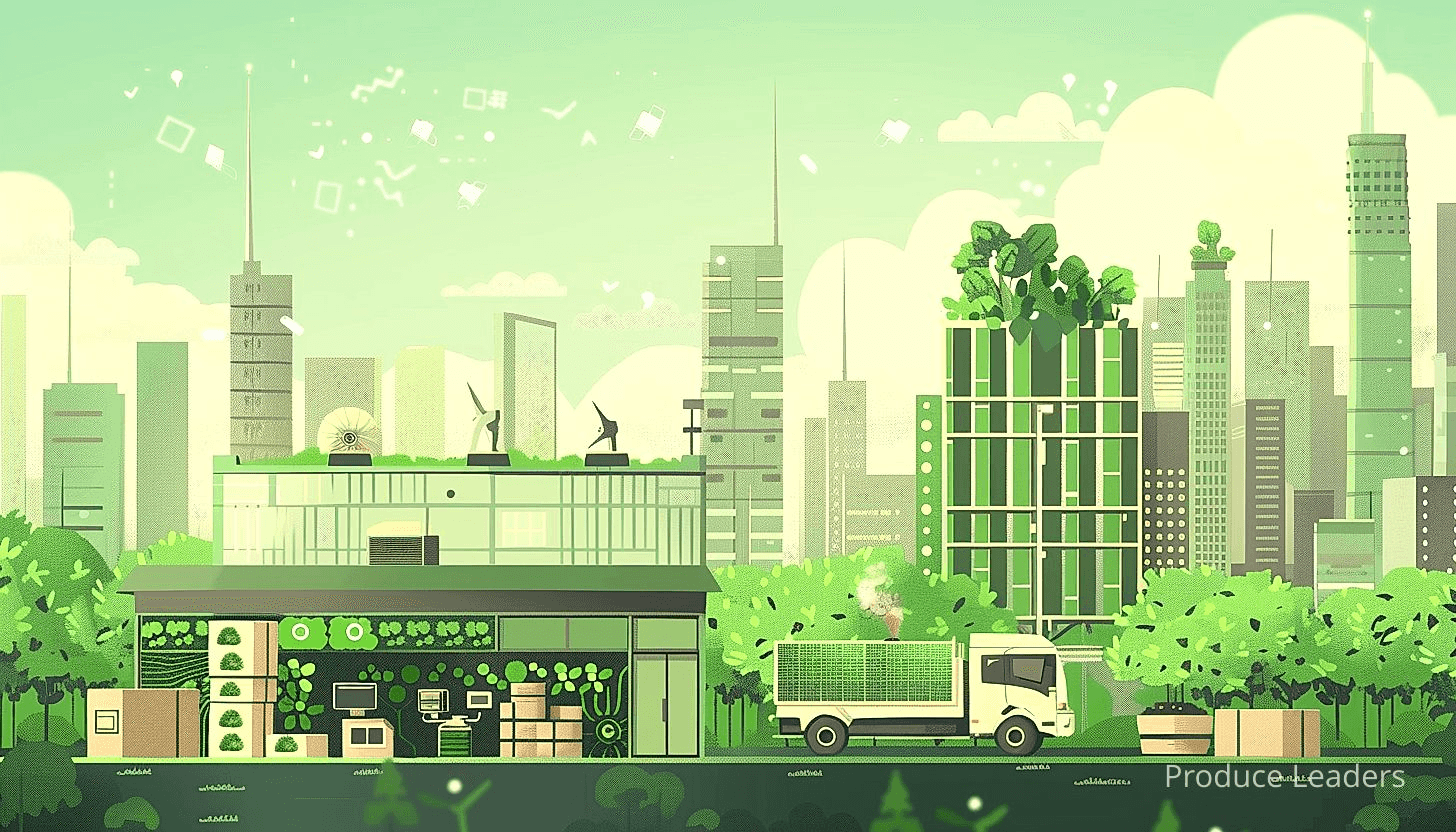
This level of detail, captured by IoT devices, can help in tailor-making solutions that target specific needs of the crops instead of one-size-fits-all approaches.
By predicting weather conditions, IoT can help in determining the right time for irrigation, thus reducing water wastage and promoting water conservation.
This is particularly crucial considering the water-intensive nature of traditional farming methods and the increasing scarcity of this precious resource.
The time has come to openly discuss some of the ways that IoT can be utilized for precision farming. Below is a list detailing a few of these:
- Smart Irrigation: IoT devices can monitor soil moisture levels and regulate the irrigation system accordingly, ensuring that water is used only as much as necessary.
- Climate Control: In indoor farming scenarios, IoT sensors can automatically control the temperature, humidity, and light levels, ensuring optimal conditions for growth.
- Pest Control: Certain IoT devices can identify the presence of pests and activate measures to deal with them, thus saving the crops from harm and reducing reliance on dangerous pesticides.
- Supply Chain Optimization: IoT devices can track the entire journey of food from the field to the fork, ensuring transparency and efficiency in the supply chain.
Another main benefit of IoT in urban farming is the data collection capabilities it offers.
Long-term, this data can be analyzed to gain insights into patterns and trends which can then be used to optimize processes and improve overall output.
Given the rising global population and the increasing need for more efficient and sustainable food production, IoT can certainly be a game-changer for urban farming.
However, while the potential is immense, it is also important to focus on addressing potential challenges such as security and privacy concerns, as well as ensuring the accessibility and affordability of IoT technology for urban farmers.
It’s important for urban farmers to truly understand the value of these technologies for their operations, and to be provided with the necessary support and training to implement and use them effectively.
IoT in urban farming can indeed offer solutions to many logistical challenges and take urban farming towards the vision of a sustainable and zero-waste system.
7. Recycle Urban Waste into Compost for Crops
In Short: Urban farming utilizes the process of recycling urban waste into compost, turning a considerable volume of waste into a resource for crop growth and contributing to a healthier city ecosystem. This method not only minimizes strain on natural resources and reduces landfill impacts but also enriches soil fertility, yields healthier crops, and acts as a cost-effective solution for sustainable urban farming practices.
Urban farming, a progressive trend amid our developing societies has taken sustainability to the next level by incorporating the process to recycle urban waste into compost for enriching crops.
Given the sheer volume of organic waste produced in urban centers, it’s not only a logical solution but also a very efficient practice that contributes to a cyclical economy.
By adopting this approach, urban farms turn the inevitable waste that bustling cities generate into a resource that benefits the growth of their crops.
Natural and organic soil enrichment is the eventual outcome of this practice, making it a significant contributor in creating a healthier ecosystem within the cityscape.
Familiarizing with certain elements contributes to comprehending the benefits and methods of this process. Here are few key points of this recycling process:
- Pathogen-free Compost: This recycling process destroys potential pathogens present in the waste, making the compost safe to use.
- Reduction in Landfills: By recycling urban waste, we significantly reduce the amount being sent to landfills, mitigating one of the most pressing environmental concerns.
- Enriched Soil: Composting enhances the soil’s fertility, enabling urban farms to yield healthier and higher-quality crops.
One of the standout benefits of recycling urban waste into compost is its impact on the sustainable use of resources.
When organic waste is reprocessed into compost and utilized to enrich the soil, it forms a perfect example of the circular economy model where waste is converted back into resources, thus minimizing the strain on our planet’s natural resources.
This recycling process also helps in reducing the amount of urban waste that ends up in our overflowing landfills which in turn aids in bringing down the emission of damaging greenhouse gases.
Another key point to note is that recycling urban waste into compost ensures that the soil in urban farms remains rich in nutrients.
By providing necessary nutrients to the soil, compost from recycled urban waste enables urban farms to yield healthier and more sustainable crops, proving itself as a cost-effective solution in the large frame of things.
Lastly, this recycling process begins at every individual’s doorstep.
The simple task of separating organic waste from other waste can kick-start this chain, making us feel like active contributors to the solution rather than passive onlookers of the problem.
While recycling urban waste into compost comprises just one strand within the larger fabric of urban farming, it is little practices like these that make a credible difference to the future of efficient logistics practices in urban farming.
The Bottom Line
Urban farming, with efficient logistics practices, has the potential to revolutionize food production and consumption.
By minimizing carbon footprints, ensuring food freshness, and creating employment, it serves as an effective solution for sustainable development in metropolitan environments.
However, the component of success lies significantly in leveraging innovative technologies, detailed planning, and precise execution, along with providing adequate training and resources to the workforce involved.
The continued growth and evolution of urban farming are largely dependent on adhering to such efficient and sustainable practices.
Therefore, it’s essential to acknowledge the detrimental impact of the conventional food supply system and foster proactive participation in urban farming with effective logistics management.

